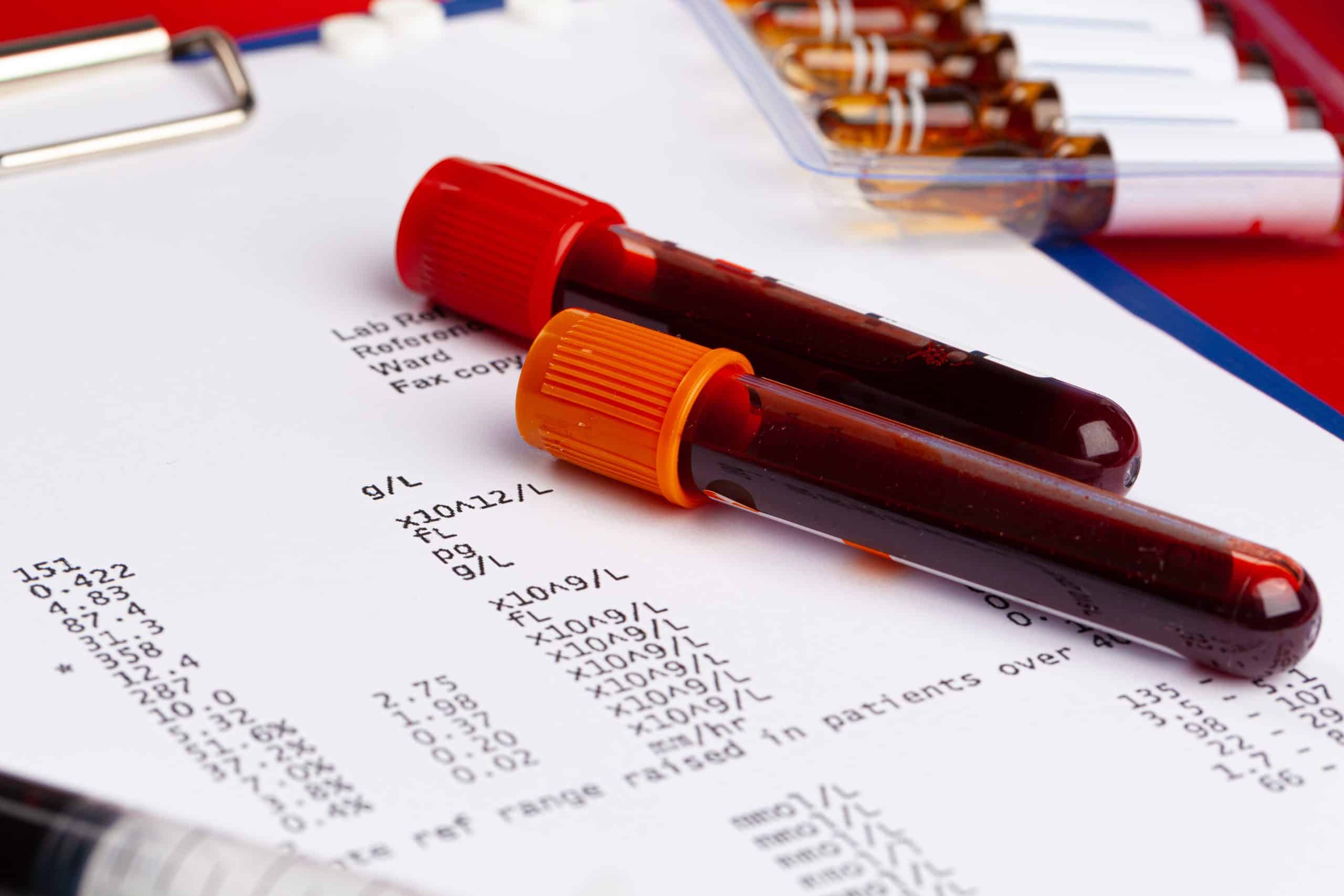Exposure to toxic mushrooms continues to pose significant health risks worldwide. In the United Kingdom, clinical toxicologists are grappling with the challenge of diagnosing and treating mushroom poisoning. The development of advanced diagnostics is key to improving treatment protocols for this kind of poisoning. This article delves into the application of cutting-edge diagnostic tools in the study of mushroom poisoning and elucidates on how they can enhance treatment protocols. These tools include Google Scholar, Crossref, and XGBoost, among others.
The Prevalence and Risk of Mushroom Poisoning
Mushroom poisoning occurs when a person ingests toxins from poisonous mushroom species. The United Kingdom, with its abundant and diverse mushroom species, faces yearly cases of mushroom poisoning. The risk of ingestion of toxic mushrooms is heightened during mushroom hunting seasons.
Also to see : What are the critical factors for UK emergency room doctors to consider when treating venomous bites?
Ingested toxins can range from mildly harmful substances to deadly muscarine and other poisonous compounds. Clinical toxicologists need to identify the toxin involved swiftly and accurately to provide appropriate treatment. Misdiagnosis or delayed diagnosis can lead to severe complications and even fatalities.
Despite the risk, the clinical approach towards mushroom poisoning, is unfortunately often reactive rather than proactive. There’s a pressing need to harness advanced diagnostics to improve mushroom poisoning treatment protocols.
In the same genre : Experience effective pain relief and enhanced mobility at kings hill chiropractors
Mushroom Toxins and their Clinical Implications
Clinical toxicologists need to understand the nature of mushroom toxins and their clinical implications. Some toxins, like muscarine, cause symptoms immediately after ingestion. These symptoms may include sweating, salivation, and gastrointestinal upset. Other toxins, like amatoxins, cause symptoms much later and are more lethal.
Treatment protocols often revolve around managing the symptoms, detoxifying the patient, and providing supportive care. However, the effectiveness of these treatments varies depending on the type and amount of toxin ingested.
Advanced diagnostics, such as serum toxin detection and the use of machine learning algorithms like XGBoost, can facilitate faster, more accurate identification of the toxins, aiding in the formulation of more precise treatment plans.
The Role of Google Scholar and Crossref in Mushroom Poisoning Research
Google Scholar and Crossref are invaluable tools for clinical toxicologists researching mushroom poisoning. These platforms provide access to a vast array of academic and clinical studies related to mushroom toxins, their effects, and treatment protocols.
Google Scholar is a freely accessible search engine that indexes scholarly literature across many disciplines and formats. It provides a broad spectrum of research articles, theses, books, and conference papers.
Crossref, on the other hand, operates a major citation linking system. It allows toxicologists to track the citation history of important works, uncovering key developments, and current trends in treatment protocols.
These two platforms offer a wealth of data, aiding in the creation of comprehensive, evidence-based treatment protocols for mushroom poisoning.
Advanced Diagnostics: Serum Testing and XGBoost
The use of serum testing in detecting mushroom toxins represents a significant development in mushroom poisoning diagnostics. This method allows for the direct detection of toxins in a patient’s blood.
A serum test can detect the presence of specific toxins, providing a more accurate diagnosis which contributes significantly to treatment planning. The quicker the toxin is identified, the faster appropriate treatment can be administered.
Moreover, machine learning algorithms such as XGBoost have found utility in predicting mushroom toxicity. XGBoost is a decision-tree-based ensemble algorithm that provides high prediction accuracy. By feeding it with data from previous mushroom poisoning cases, it can accurately predict the toxicity levels of different mushrooms, providing a valuable tool for clinical toxicologists.
Improving Treatment Protocols through Research and Advanced Diagnostics
The improvement of treatment protocols for mushroom poisoning lies in leveraging advanced diagnostic tools and conducting more comprehensive research. While reactive treatments are critical to mitigating immediate harm, proactive measures are essential in reducing the overall risk of mushroom poisoning cases.
By making full use of tools like Google Scholar and Crossref, clinical toxicologists can stay abreast of the latest developments in mushroom poisoning treatments. Through serum testing and machine learning algorithms like XGBoost, they can improve diagnosis speed and accuracy, allowing for more effective treatment.
With these advancements, UK clinical toxicologists are better equipped to manage mushroom poisoning, ultimately reducing the morbidity and mortality rates associated with this condition.
The Application of Crossref PubMed in Assessing Mushroom Poisoning
Crossref PubMed revolutionises the way clinical toxicologists access and utilise information regarding mushroom poisoning. As a free resource that offers citations from MEDLINE, life science journals, and online books, it provides an invaluable opportunity for toxicologists to explore a vast range of data.
Crossref PubMed bridges the gap between research and clinical application. It provides access to a wide range of studies detailing the effects of various mushroom toxins, the clinical implications, and potential treatment protocols. It’s an excellent tool for exploring long-term trends and identifying promising avenues for further research.
For instance, a toxicologist may use Crossref PubMed to find data on ibotenic acid, a toxin found in certain poisonous mushrooms. The articles available could delve into the physiological effects of the toxin, the symptoms it induces, and the various treatment strategies that have proven effective.
Additionally, Crossref PubMed complements other research tools like Google Scholar and Crossref. By cross-referencing information from these platforms, toxicologists can create a more rounded view of the topic, ensuring their strategies for diagnosing and treating mushroom poisoning are based on comprehensive, evidence-backed data.
XGBoost Model: A Novel Approach to Mushroom Toxin Prediction
The incorporation of machine learning algorithms like the XGBoost model into mushroom poisoning diagnostics is transformative. This algorithm leverages the power of computational science to predict mushroom toxicity, thereby aiding in prompt and precise treatment.
The XGBoost model operates as a decision-tree-based ensemble learning system. It combines the predictions from multiple models to generate a final prediction with higher accuracy. Thus, it can predict the toxicity levels of different mushrooms by analysing data from previous mushroom poisoning cases.
For instance, a toxicologist might use XGBoost to predict the severity of poisoning in a patient who has consumed a mushroom containing ibotenic acid, thereby informing the physicians assessment and intervention strategies.
The use of XGBoost in diagnosing mushroom poisoning represents a compelling fusion of healthcare and technology. By adopting such models, toxicologists can stay at the forefront of their field, maximising their capacity to diagnose and treat mushroom poisoning promptly and efficiently.
Conclusion: A Proactive Approach in Tackling Mushroom Poisoning
The challenge of diagnosing and treating mushroom poisoning in the UK remains significant, but the adoption of advanced diagnostic tools like Google Scholar, Crossref, Crossref PubMed, and the XGBoost model presents promising solutions. These tools enable clinical toxicologists to respond more promptly and accurately to cases of mushroom poisoning, improving patient outcomes.
By harnessing the potential of these tools, toxicologists can shift from a reactive to a proactive approach. They can stay updated with the latest research through platforms like Google Scholar and Crossref PubMed. Through serum testing and the use of XGBoost, they can quickly and accurately diagnose mushroom poisoning, ensuring the timely administration of treatments such as activated charcoal.
As knowledge continues to evolve, it’s crucial that toxicologists remain open to innovation, leveraging new tools and approaches to improve their practice. Ultimately, the aim is to reduce the morbidity and mortality rates associated with mushroom poisoning, and these advanced diagnostics represent an important step towards this goal.











